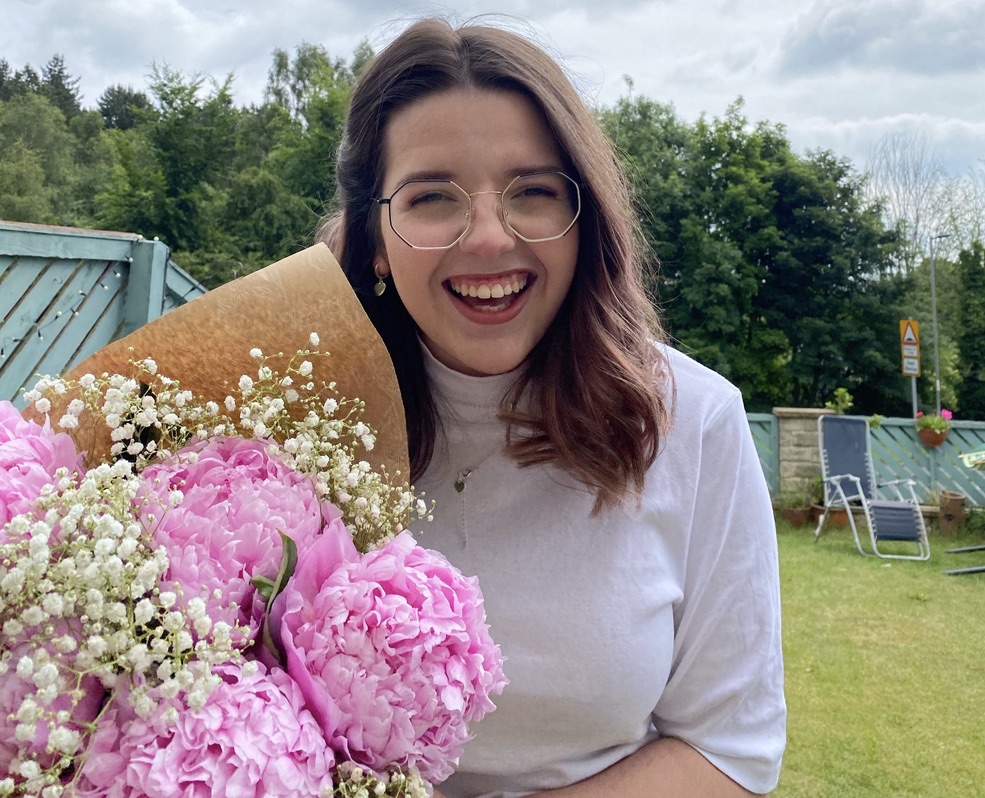Listening to ‘Chinatown’ and ’45’, the first two singles from Bleachers’ latest album Take the Sadness Out of Saturday Night takes me right back to eighth week of my first term at Oxford. I spent that week wrapped up in a big grey coat and scarf (channelling Dark Academia as best I could), taking Main Character walks around the city, reading in the cafes that had finally opened again, and, most importantly, dealing with a lot of messy emotions that had been building up all term. These two songs provided the perfect soundtrack for that week, blending nostalgia, sadness, and hope through melancholic vocals, acoustic guitars and soaring choruses.
2020-21 has been a big year for Bleachers frontman Jack Antonoff. With jokes about him being ‘passed between the pop girls’ trending on Twitter, he’s produced and co-written music for the likes of Taylor Swift, Lorde, and Lana del Ray, cementing himself as a powerful presence in the pop scene. Take the Sadness Out of Saturday Night finally allows him to write music that’s entirely his own and it is an album which is extremely personal. Antonoff describes the album as, in many ways, about growing up in New Jersey and moving between there and New York and it also touches on his relationship with his mother and the premature death of his sister. This isn’t new ground for the songwriter: his previous album Gone Now deals with many of the same themes. What sets this new album apart is its tone: where Gone Now was energetic, youthful and bold, Saturday Night is slower, more reflective and more distanced from the adolescent experiences it often describes.
Musically, there’s no denying it’s excellent. Antonoff has achieved his pop production icon status for a reason and his signature thick textures, catchy sax riffs, and clever sound effects all make their way into this album. Stand-out tracks include ‘Stop Making This Hurt’, with a melody bound to get stuck in your head and lyrics that tell a narrative. The euphoric shouting that kicks in towards the song is reminiscent of certified banger ‘Don’t Take the Money’ from Gone Now and the song has a brightness that makes it feel written for this summer. The same can be said for ‘Don’t Go Dark’, Antonoff said: “it feels like this plea and this release. I just didn’t know what else to do besides write that song. It’s probably the angriest song I’ve ever written.” This insistence can be felt in the song’s driving rhythm.
‘45’, one of the songs that kept me company on those tumultuous December days, is one of the album’s slower, more thoughtful moments. Lyrically, it’s some of Antonoff’s best work: in the first verse, he sings ‘Hang the words of a perfect stranger / In the hallways of my heart / ‘Cause all the blessings are somebody else’s / They’re flowers in my neighbor’s pot’ and the song builds to the soaring refrain ‘Now you’re just the stranger I know best’. It’s beautifully nostalgic and benefits from being one of the songs where the texture is stripped back to primarily vocals and guitar.
Not every song on the album works quite as well: ‘Strange Behaviour’, its quietest moment, is musically pretty forgettable and the lyrics don’t warrant its hushedness, as pretty as it is. The same can be said of ‘Secret Life’, which features Lana Del Rey: it’s nice to listen to, but doesn’t quite live up to its potential.
As much as Saturday Night feels like a clear artistic development and sophistication from Gone Now, it does make me miss Antonoff’s previous album. Gone Now is so much brighter, so much more ambitious and so much more exciting; it also, in my opinion, works more cohesively as an album, with intricately repeating melodic motifs and really clever use of speech samples. There are stronger, catchier singles that will – and already have – stand the test of time better and the album overall feels more distinctive, more original, while still maintaining those notes of nostalgia and melancholy.
Returning to ‘45’ and ‘Chinatown’ now, two terms later, is a different experience. Hearing them in context with the rest of the album feels like looking back on that week of my life in the context of this first year of university: notes of sadness and quiet in the context of a whole that’s brighter, more emotionally all-over-the-place and overall a much more varied, multi-layered experience.
Image credit: Justin Higuchi/CC-BY-2.0







